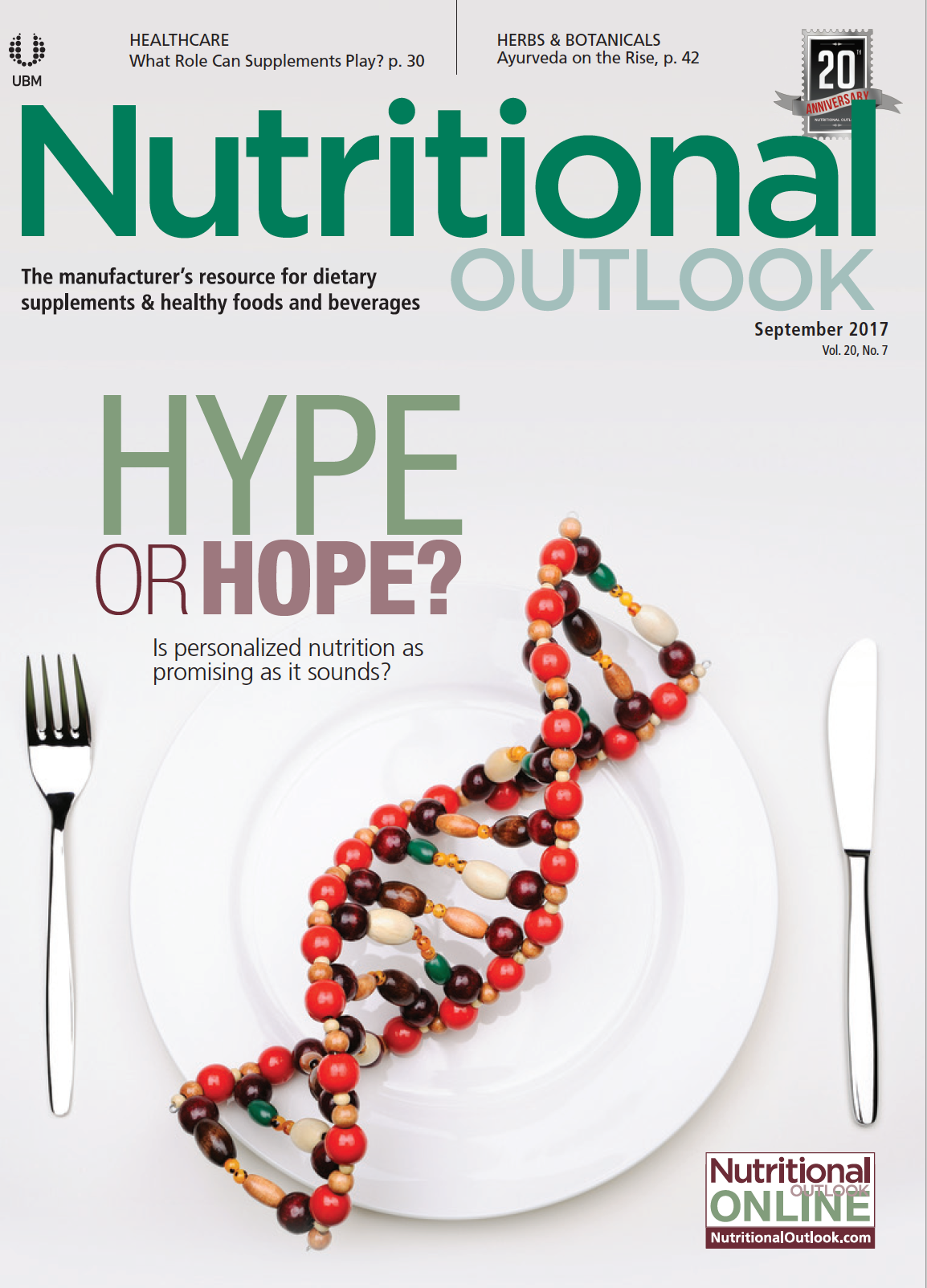Natural Products Investing: Keeping Big Fish, Small Fish Separate
When big CPG companies acquire smaller natural companies, should the two companies remain largely separate?
Photo © Shutterstock.com/Titov Nikolai

Investor interest in the nutrition and health & wellness space is at an all-time high. In July, Nutrition Capital Network (NCN; San Diego) predicted that, based on the number of M&As and investment/equity financings that have taken place so far this year, investor activity in these markets will reach a record high by year’s end.
By acquiring smaller companies deeply rooted in the natural and healthy-living space, large corporations-many of whom consumers don’t associate with natural products-can gain a foothold in the promising and lucrative natural market. Think of some of the deals we’ve seen. P&G acquiring New Chapter. Clorox acquiring Burt’s Bees. One person I interviewed, Corby Reese, a partner and managing director at Swander Pace Capital (San Francisco), a private-equity firm specializing in the healthy-living and natural foods space, also points to transactions his company recently helped bring about: Hormel (maker of, among other food products, Spam) acquiring natural and organic meat brand Applegate, and Clorox acquiring probiotics company RenewLife. These big companies, he says, “don’t have the credibility” in the natural space; therefore, “they’re going to have to buy someone who has the authenticity.”
With so many acquisitions happening these days, companies on both sides of the deal are getting a whole lot savvier about how to make the fruits of these transactions successful. Large brands, for instance, know to let smaller, natural companies operate autonomously as much as possible so as to dispel any consumer concern that the large giant will water down the smaller brand’s natural credentials.
“They know that consumers, who are more informed these days, are going to be looking for the big strategic to make all sorts of negative changes to the business, maybe adding artificial ingredients or cutting costs or cutting corners and the like. They’re on the lookout for that,” Reese says. There are, he says, historic examples of big companies “ruining authentic brands, and so I think today we see strategics becoming much smarter about that.”
Although left alone, does a smaller natural brand still stand to inspire its parent company to adopt “natural” values across the rest of its businesses? “I haven’t seen a lot of examples of the small fish influencing the big fish in its broader business to become healthier,” Reese says.
That’s not to say that it doesn’t ever happen. In 2013, The Guardian published an article, “How Burt’s Bees Made Clorox More Sustainable,” about how Burt’s Bees taught Clorox to be more “proactively” sustainable, with Clorox making sustainability improvements to a large chunk of its product portfolio and supply chain. “Such a change in operations is no easy task,” wrote the article’s author Kyle Westaway. “It’s one thing for a single brand like Burt’s, with a relatively small product portfolio and a few dozen suppliers, to make this commitment. It’s a much more substantial task for a conglomerate, with scores of brands and thousands of suppliers, who have tens of thousands of sub-suppliers.”
For the most part, however, this type of influence may remain an exception, and expect the big fish and the small fish to continue operating separately. Big corporations, after all, are concerned with a much bigger part of their business: the mainstream, conventional CPG market. “There’s still a large portion of the market which is not willing to pay up for healthier products,” Reese says. “These bigger brands are still going to want to be addressing the larger market.”
“Natural and healthy living is the fastest-growing subsector of the overall market, but I don’t see it taking over entirely, if you will,” Reese continues. Even so, these segments will continue to command a great deal of respect and interest from forward-looking investors.
Jennifer Grebow
Editor-in-Chief
Also read:
P&G’s New Chapter Acquisition, a Year Later: What Difference Can a Year Make?

Magnesium L-threonate, Magtein, earns novel food authorization in the European Union
December 19th 2024According to the announcement, the authorization is also exclusive to AIDP and its partner company and licensee, ThreoTech, meaning that they are the only parties that can market magnesium L-threonate in the EU for a period of five years.
Survey finds a lack of enthusiasm about AI technology among food and beverage consumers
December 12th 2024The survey, commissioned by Ingredient Communications and conducted by SurveyGoo, found that 83% of respondent agreed that companies should declare on product labels when a product has been designed or manufactured with the assistance of AI technology.
Kelker Pharma to launch nutritional support system for GLP-1 medication users that features TriBsyn
December 11th 2024B&D Nutritional Ingredients Inc., an exclusive distribution partner of CarnoSyn Brands and Natural Alternatives International Inc., announced that its customer, Kelker Pharma, will be launching the “first science-backed nutritional support system” for GLP-1 medication users, called Nutrilinq Genesis.